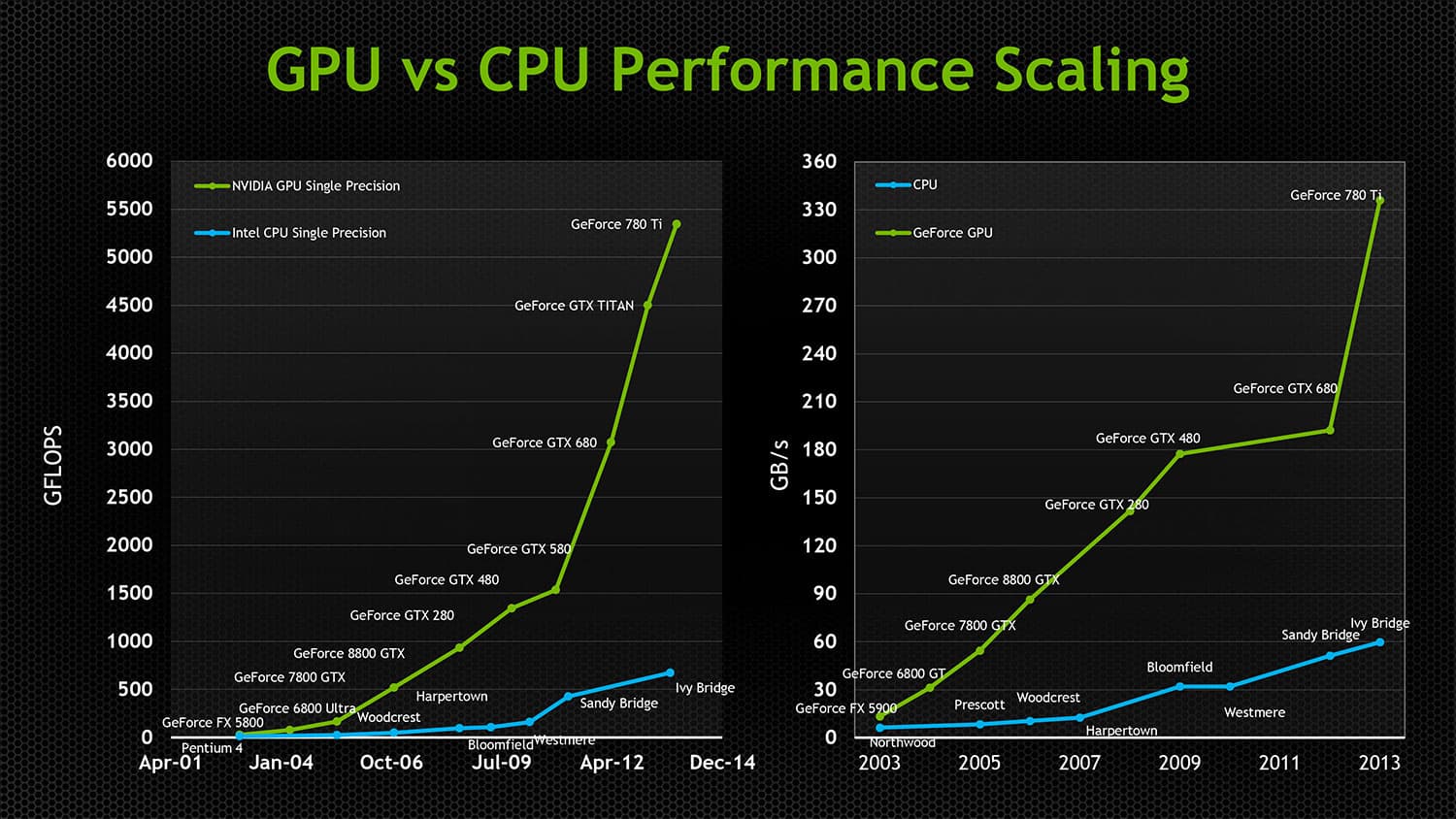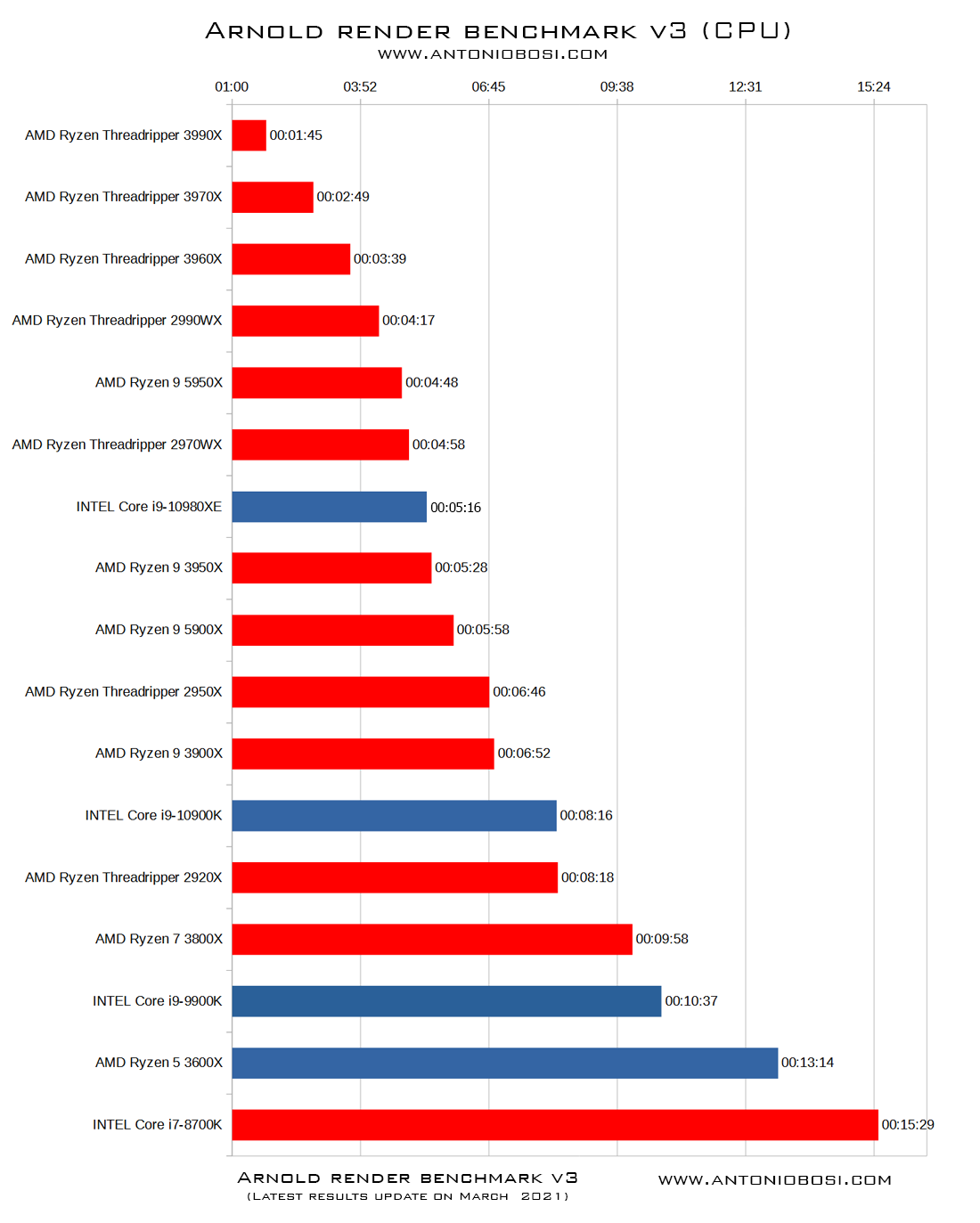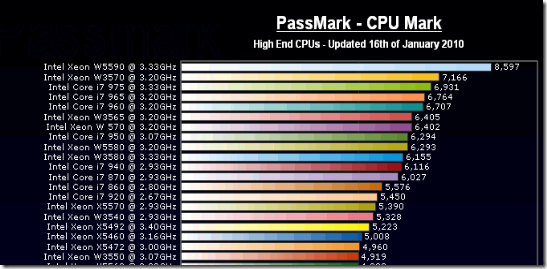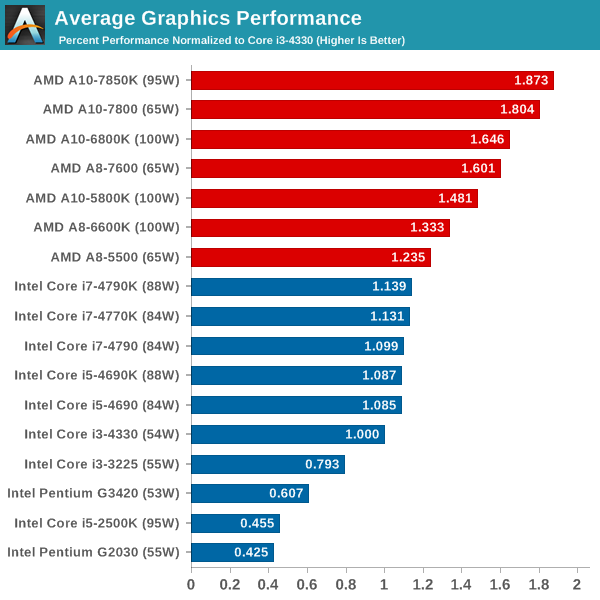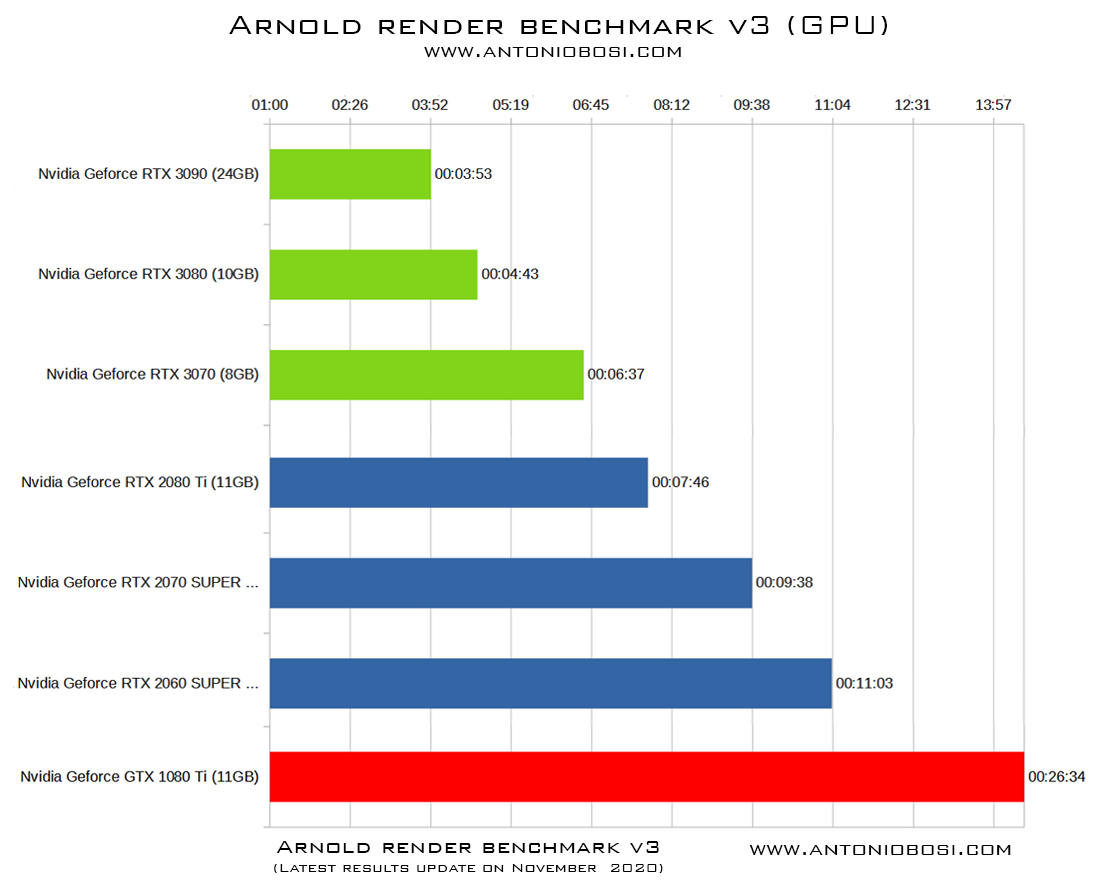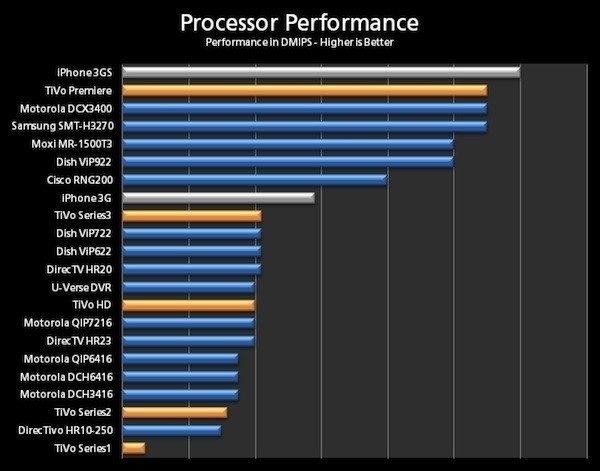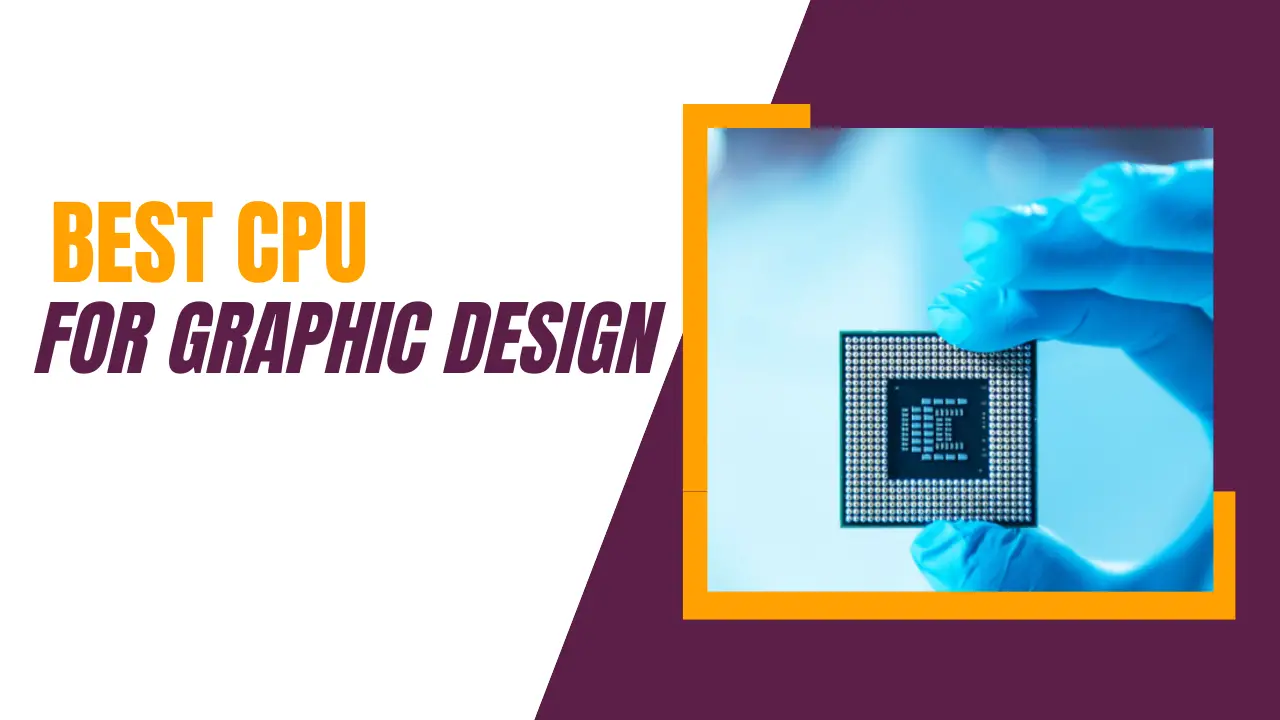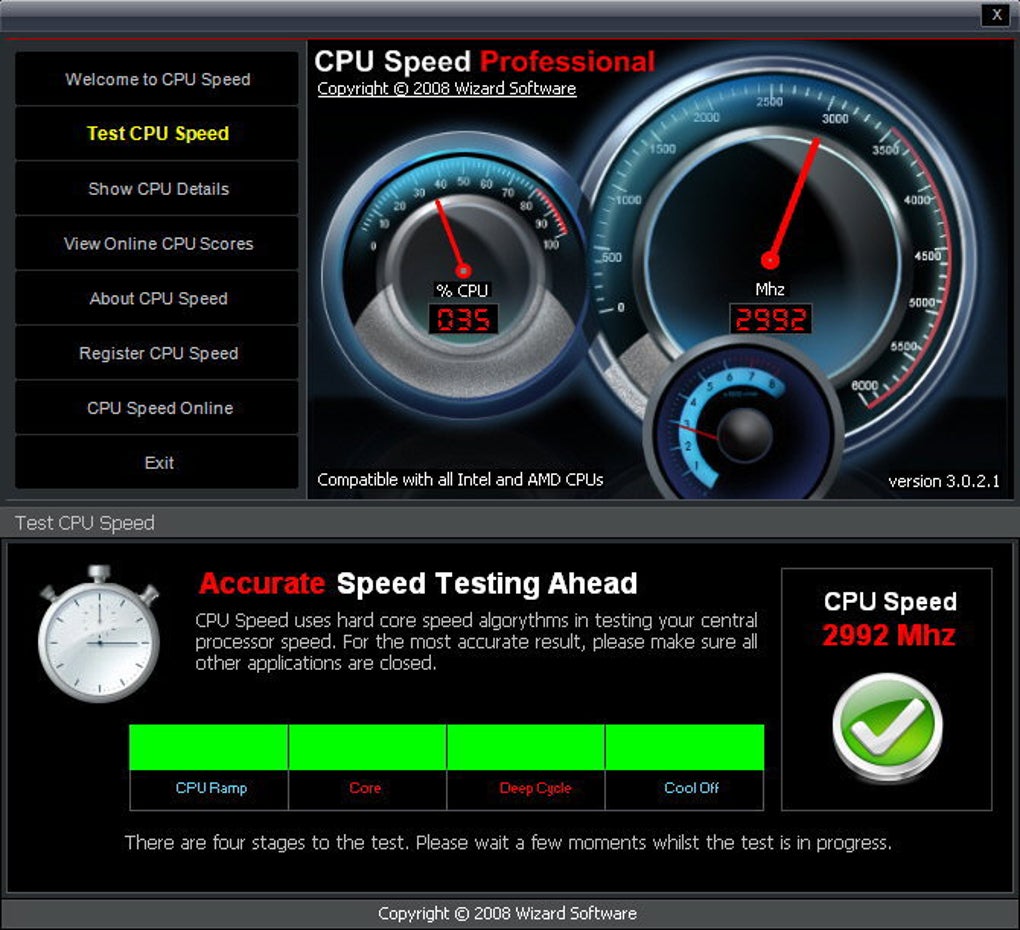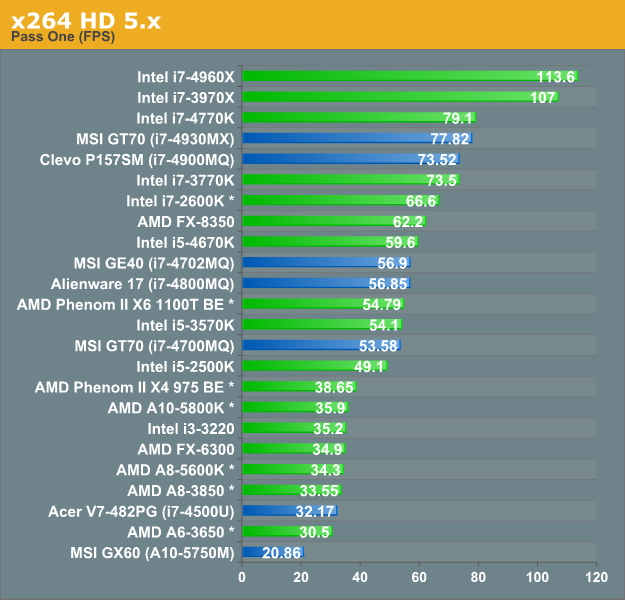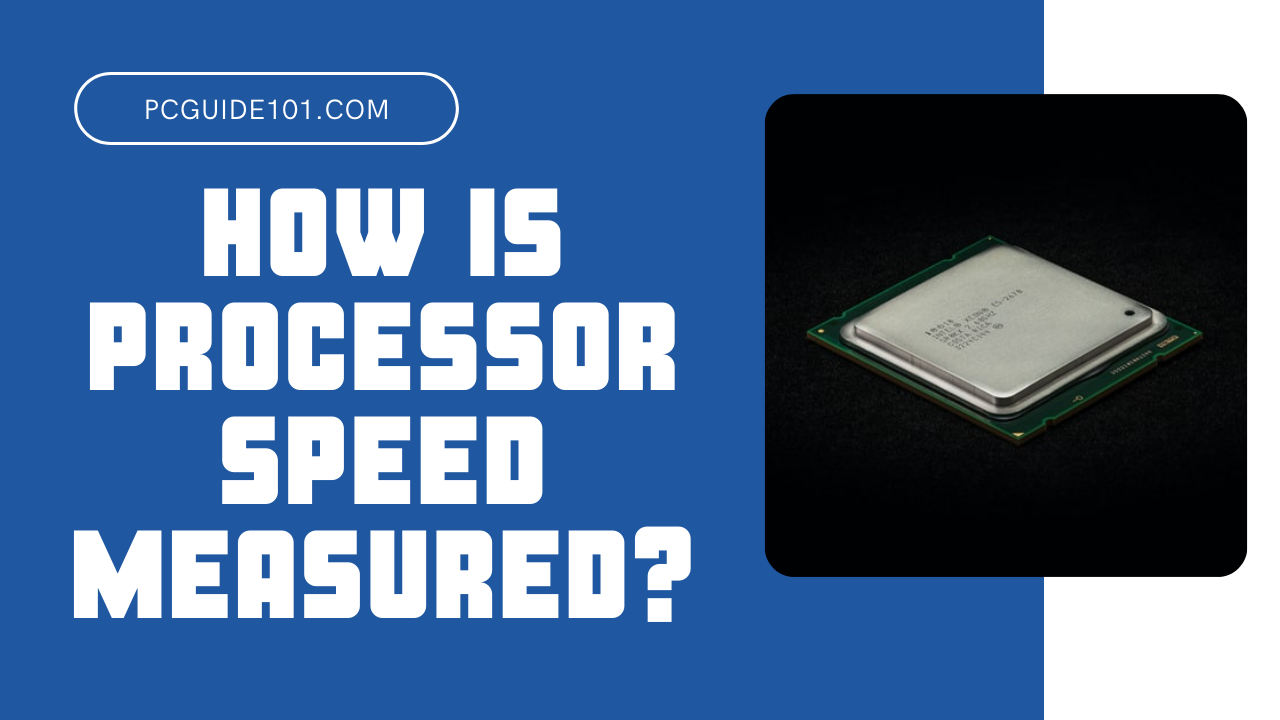Processor Speed For Graphic Design
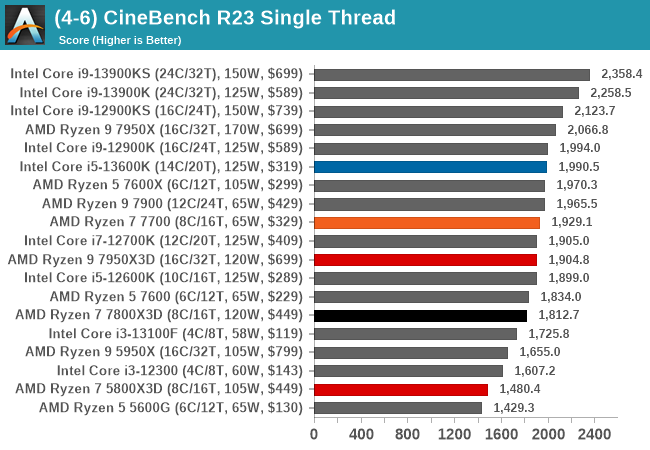
Imagine a graphic designer, Sarah, hunched over her glowing screen, a whirlwind of creative energy. Colors dance, shapes shift, and intricate designs unfold, all fueled by her artistic vision. But sometimes, the digital canvas lags, a frustrating pause between idea and execution, a silent battle against the very machine meant to empower her.
The speed of a processor is important. For graphic designers, it directly impacts their workflow, influencing project turnaround times, creative exploration, and overall job satisfaction.
The Core of the Matter: What Makes a Processor "Fast"
At its heart, a processor, often called the CPU (Central Processing Unit), is the brain of the computer. It executes instructions, from the simplest mouse click to the most complex rendering task.
The clock speed, measured in GHz (gigahertz), represents how many instructions the processor can handle per second. More cores mean the CPU can handle multiple tasks simultaneously, leading to greater efficiency, according to Intel's official documentation on processor architecture.
Beyond Clock Speed: Architecture and Optimization
However, clock speed isn't the only factor. The architecture of the processor plays a crucial role.
A newer generation processor with a slightly lower clock speed can often outperform an older, higher-clocked model due to advancements in design and efficiency, as noted in a recent study by PassMark, a leading benchmarking software company.
Optimized software that utilizes a processor's specific features can also yield significant performance gains.
Graphic Design Demands: Understanding the Needs
Graphic design software, such as Adobe Photoshop, Illustrator, and InDesign, are resource-intensive. These programs often rely heavily on the processor for tasks like image processing, vector manipulation, and complex rendering.
Larger file sizes, multiple layers, and intricate effects all increase the processing load. Designers frequently work with multiple applications open simultaneously.
A slow processor can lead to frustrating lag times, hindering the creative process and impacting productivity.
The Impact on Workflow and Creativity
A faster processor translates to smoother workflows, quicker rendering times, and the ability to experiment freely without being hampered by performance bottlenecks. This is especially important for designers working under tight deadlines.
The difference between a processor that struggles and one that flies can be the difference between exploring multiple design iterations and settling for the first passable option.
Faster processing allows designers to more easily incorporate new techniques and processes.
Choosing the Right Processor: Making Informed Decisions
Selecting the right processor for graphic design involves considering several factors, including budget, specific software requirements, and the types of projects typically undertaken. A dedicated graphics card (GPU) is also important.
For professionals working on large, complex projects, a high-end processor with multiple cores and a high clock speed is generally recommended. For those with more modest needs, a mid-range processor can often provide sufficient performance at a more affordable price point.
Consulting benchmark tests and reviews, such as those provided by Tom's Hardware, can provide valuable insights into the relative performance of different processors.
Consider AMD and Intel processors. Both offer high-performing models for graphic design.
Looking Ahead: The Future of Processing Power
As graphic design software continues to evolve and projects become increasingly complex, the demands on processors will only continue to grow. Innovations in processor technology, such as the development of more efficient architectures and the integration of AI-powered processing capabilities, promise to further enhance the creative process.
The future holds exciting possibilities for graphic designers, with ever-increasing processing power unlocking new levels of creativity and efficiency.
Ultimately, the goal is to empower designers like Sarah to bring their visions to life without limitations, allowing their creative spark to shine brightly.
![Processor Speed For Graphic Design Best CPU For Rendering [2022 Guide] (2022)](https://www.cgdirector.com/wp-content/uploads/media/2017/04/High-Core-Count-Processors-have-slower-clockspeeds.jpg)
